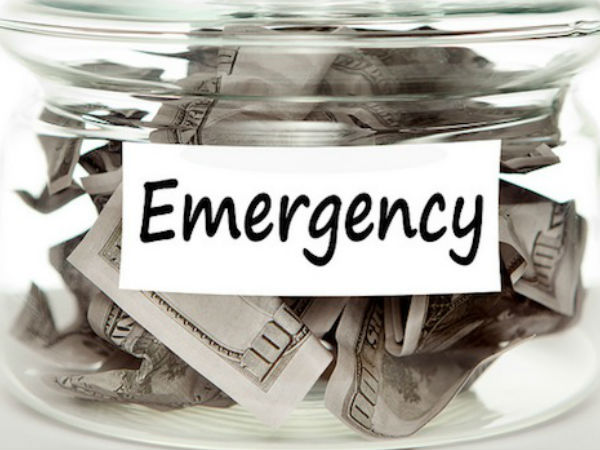In times of financial instability, having an emergency fund in the United States is more crucial than ever. Unexpected expenses and job losses can strike without warning, causing severe financial stress. Building a robust safety net can help navigate these turbulent times gracefully. Let’s explore why setting aside money for unexpected situations is essential and how it can provide peace of mind during economic downturns.
Without proper financial planning, a crisis can quickly turn disastrous. For many, having a safety cushion means the difference between weathering a storm and facing financial ruin. Therefore, it is imperative to understand the significance of a monetary reserve and integrate it into your financial strategy.
The role of a financial safety net

A financial safety net acts as a protective shield against unforeseen expenses. It can cover a range of emergencies from medical bills to vehicle repairs, ensuring that you do not have to rely on high-interest loans or credit cards. This reserve can also provide a temporary income stream if job loss occurs, helping you maintain your standard of living while searching for new employment.
By setting aside funds systematically, you can create a buffer that shields you from the realities of living paycheck to paycheck. This financial protection is not just about covering costs; it’s about providing security and peace of mind in uncertain times.
Moreover, an emergency reserve can prevent the need for drastic measures like selling assets or downsizing your home. It is a critical component of financial resilience, a safeguard designed to help you weather life’s inevitable storms.
Building your safety cushion
Creating a financial safety cushion involves disciplined saving and careful planning. Begin by evaluating your monthly expenses to determine the amount you would need to sustain yourself during a crisis. Experts often recommend saving three to six months’ worth of expenses. Start with a goal that’s achievable and gradually increase your savings target over time.
Automate your savings to ensure consistency. By setting up automatic transfers to a dedicated savings account, you can build your reserve without the temptation to spend. Look for high-yield savings accounts to maximize your earnings and reach your goal faster. Additionally, periodically reassess your expenses and adjust your savings plan as needed. Life circumstances change, and your emergency fund should reflect those changes to remain effective.
Smart strategies for maintaining your fund
Maintaining your financial reserve requires vigilance and discipline. Regularly review your budget to ensure that your savings goals are being met. Avoid tapping into your fund for non-emergencies to preserve its intended purpose. If you do need to use it, prioritize replenishing the fund as soon as possible. Diversify your savings to include a mix of liquid assets and longer-term investments.
This dual approach can provide both immediate access to cash and growth potential for the future. Keep in mind, however, that the primary goal of an emergency fund is liquidity and accessibility. Stay informed about financial planning and continuously look for ways to save more effectively. Financial literacy is key to maintaining a robust emergency fund and overall financial health.
Embracing financial readiness
Adopting a mindset of financial readiness can significantly enhance your resilience in times of crisis. Knowing that you have a financial buffer allows you to face uncertainties with greater confidence. This readiness is not just about money; it’s about the peace of mind that comes from being prepared for life’s unexpected challenges.
Consider regular check-ins with a financial advisor to ensure that your plans align with your long-term goals. They can provide valuable insights and adjustments to optimize your financial strategy, including your emergency fund. Financial preparedness is a journey, not a destination. Continue to educate yourself and adapt your strategies as needed to ensure that you remain well-equipped to handle any financial storm that comes your way.
Long-term benefits of a ready reserve
Beyond immediate financial protection, a ready reserve can also offer long-term benefits. It can provide opportunities for better financial decisions, such as taking advantage of investment opportunities that arise during market downturns. A well-funded reserve can also contribute to reduced stress and improved mental health, knowing that financial uncertainties are manageable.
It also sets a foundation for healthy financial habits, encouraging regular savings and prudent spending. These habits are crucial for building wealth and achieving long-term financial goals. Ultimately, an emergency fund is more than just a pile of cash. It’s a strategic asset that supports financial stability and peace of mind, ensuring you’re prepared for whatever life throws your way.
Conclusion
In conclusion, the importance of an emergency fund in times of crisis cannot be overstated. It’s a vital part of financial planning that offers security, stability, and peace of mind. By understanding its significance, taking proactive steps to build and maintain your reserve, and embracing a mindset of financial readiness, you can navigate financial uncertainties with confidence.
